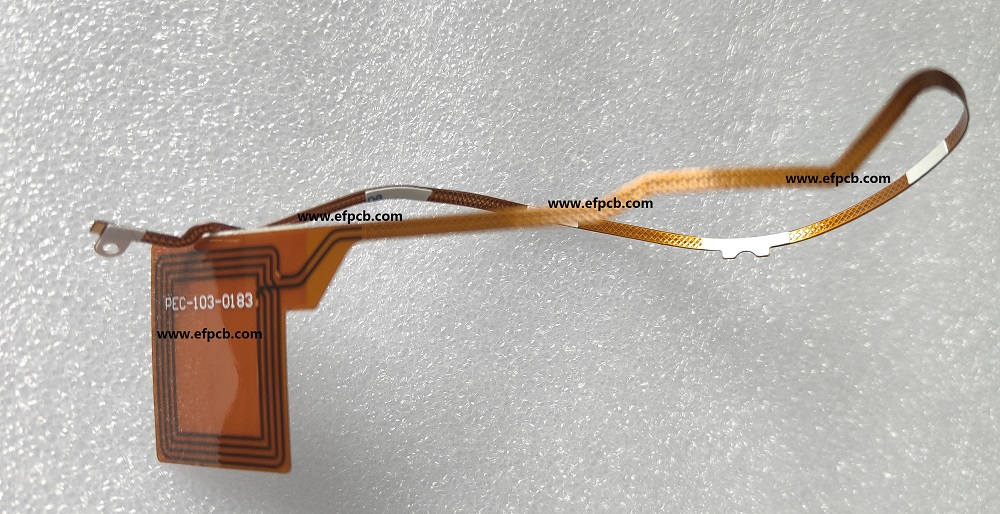Cost-Effective Design Practices for Large-Scale PCB Production

Keywords: Printed Circuit Board
Printed Circuit Board (PCB) are the backbone of electronic devices, serving as the essential platform for connecting and supporting various electronic components. In large-scale production, cost-efficiency becomes paramount to ensure profitability and competitiveness.
Standardization of Components
One of the key principles in achieving cost-effective PCB production is standardization. Standardizing components means using readily available, off-the-shelf parts and components whenever possible. Custom components or obscure parts can significantly increase manufacturing costs due to higher procurement and production expenses.
By working with standardized components, manufacturers benefit from economies of scale and can negotiate better deals with suppliers. Moreover, standardized components have a proven track record, reducing the risk of defects or reliability issues in the final product.
Design for Manufacturability (DFM)
Design for Manufacturability (DFM) is a fundamental concept in PCB design. It involves creating PCB layouts that are optimized for efficient production. Some DFM considerations for cost-effective large-scale PCB production include:
Minimizing the number of layers: Reducing the number of layers in your PCB design can lead to significant cost savings. Fewer layers mean less material and less complex manufacturing processes.
Component placement and spacing: Properly organizing components and keeping a reasonable spacing between them can facilitate automated assembly processes, reducing labor costs and the risk of errors.
Standard stack-ups: Utilize standard Printed Circuit Board stack-ups whenever possible. Custom stack-ups can be more expensive due to unique material requirements and longer lead times.
PCB Panelization
PCB panelization is the process of grouping multiple PCBs onto a single larger panel for simultaneous fabrication and assembly. Panelization can significantly reduce production costs by optimizing material usage and assembly efficiency. It's essential to work closely with your PCB manufacturer to determine the most cost-effective panelization strategy for your design.
Design for Testability (DFT)
In large-scale production, the ability to quickly and accurately test PCBs is crucial for maintaining quality and minimizing defects. Design for Testability (DFT) practices should be integrated into your PCB design. This involves adding test points, JTAG connectors, and design features that simplify functional testing, debugging, and fault diagnosis.
Minimize Component Count
Reducing the number of components on a Printed Circuit Board can lead to significant cost savings. Evaluate the necessity of each component and eliminate any redundancies. Components can add both material and assembly costs, so a streamlined design can help achieve cost-efficiency.




